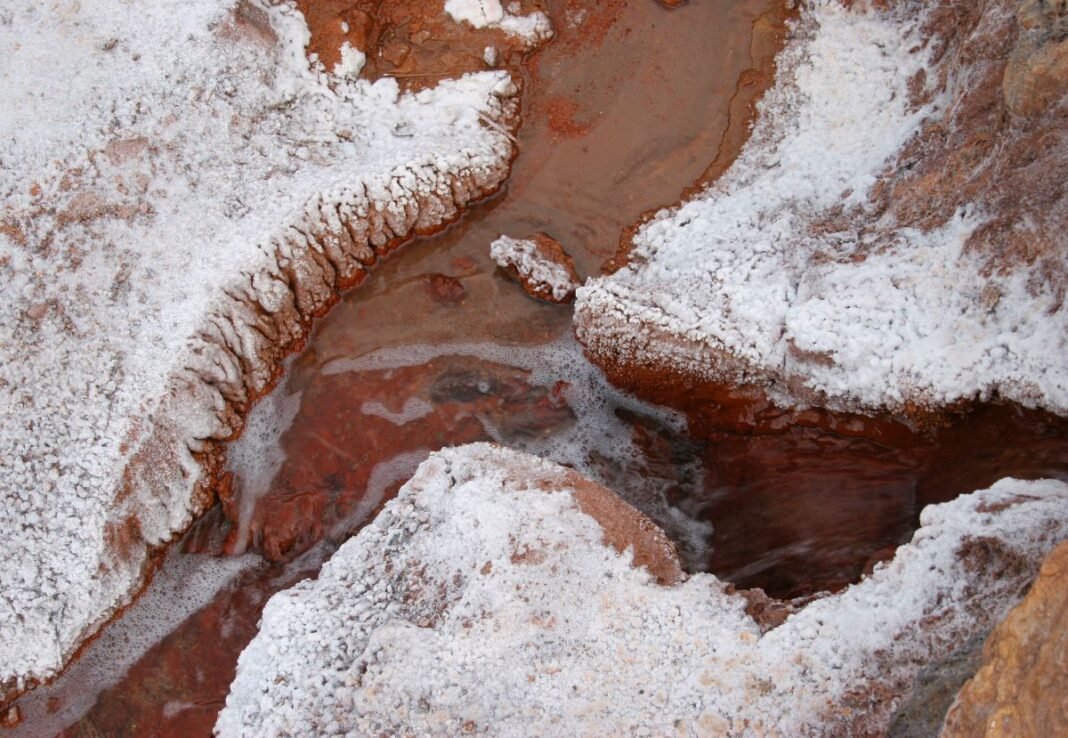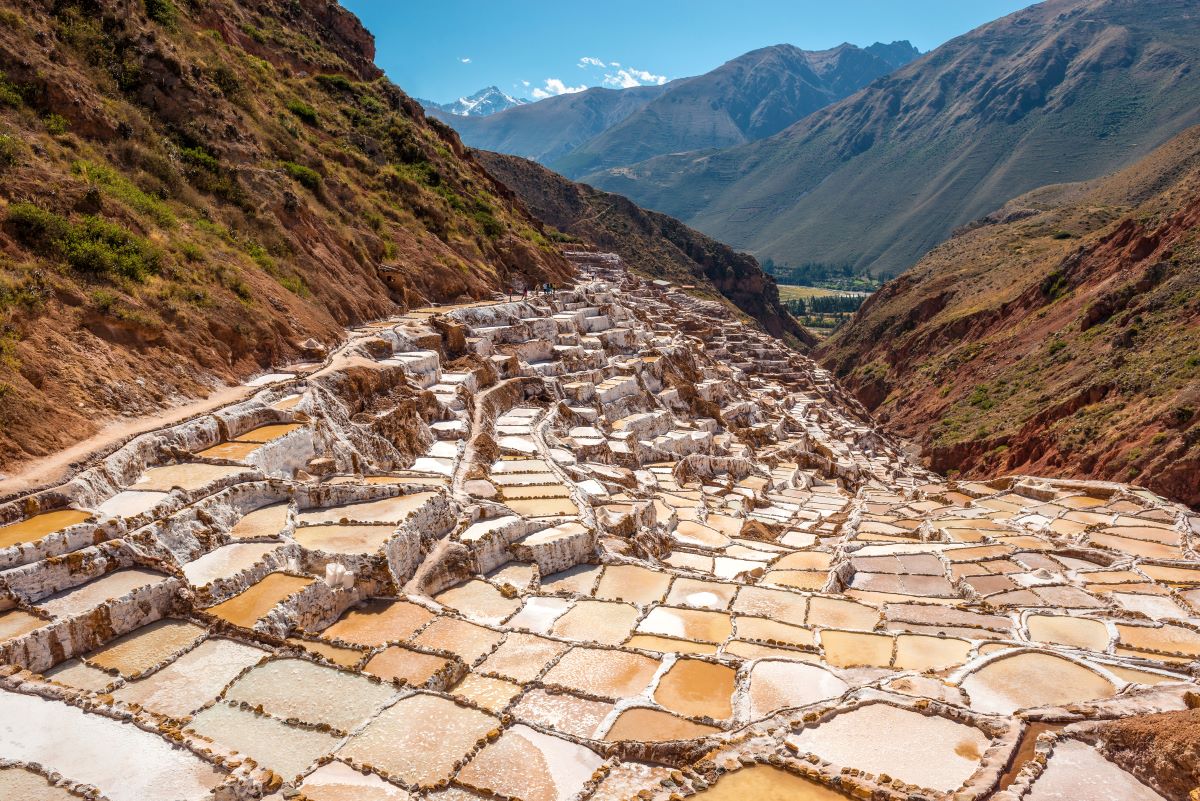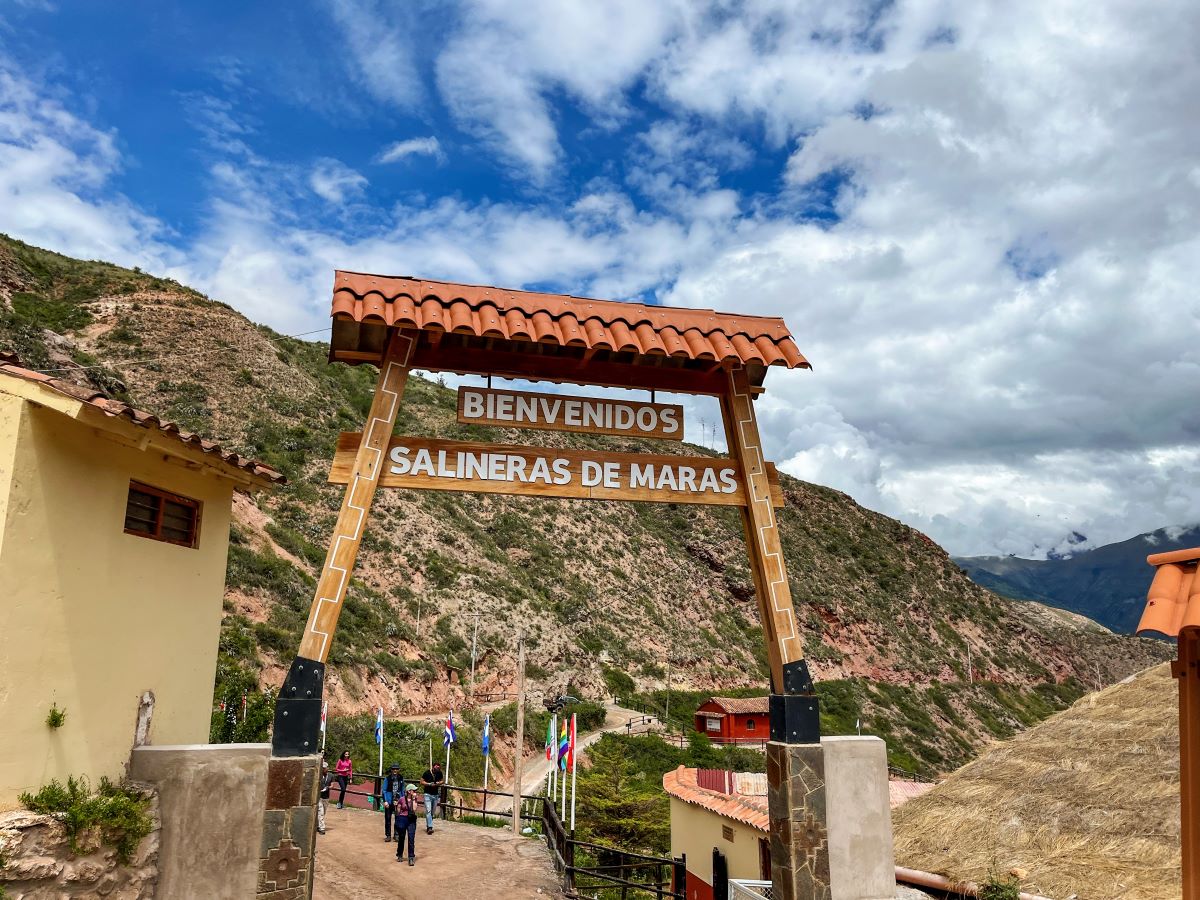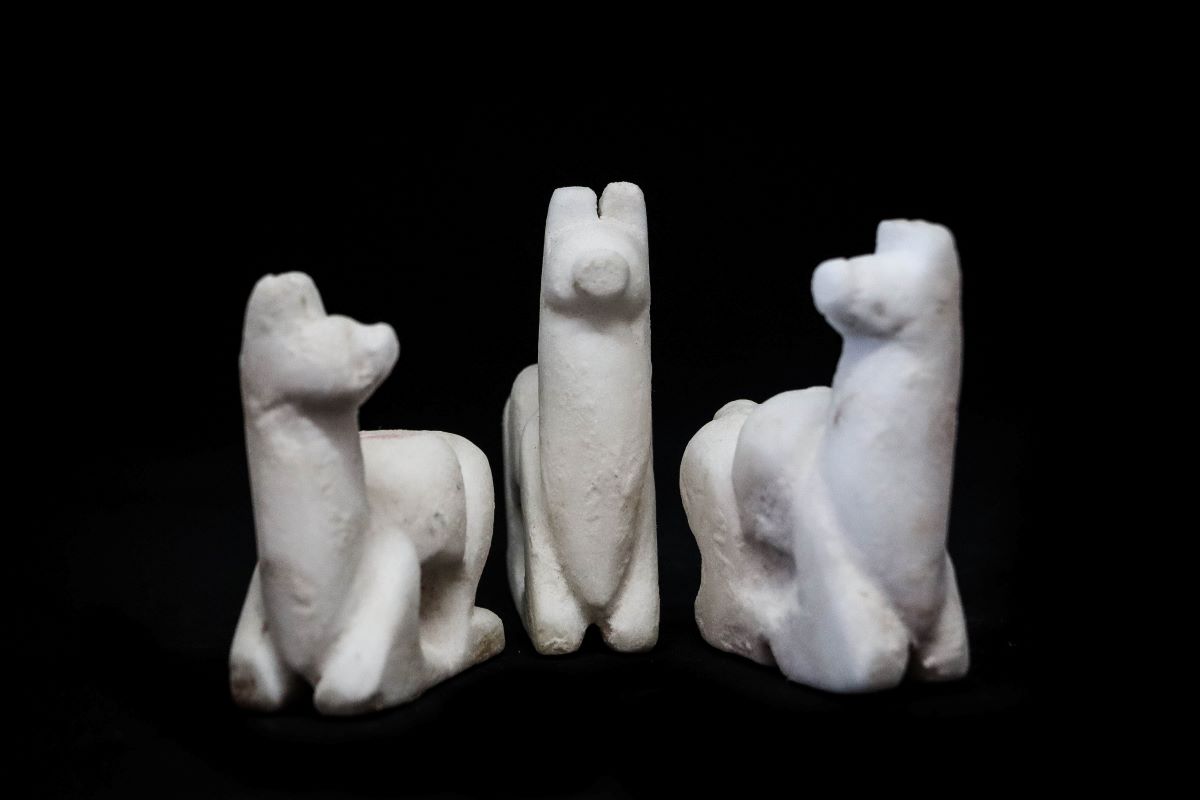In the province of Urubamba in Cusco, Peru, a thousand-year-old legend is whispered among the mountains that surround the town of Maras.
At 3,000 meters above sea level and about one hour and a half from the city of Cusco, you’ll find the salt mines of Maras, whose exploitation is as old as the Tahuantinsuyo. Forming terraces on the slope of the hill, the salt pools are filled by water flowing underground and down the ravine. The source of the water, however, remains a mystery.
Legend has it that the saline water flowing from the mountain is the tears of Ayar Cachi, one of the four brothers that the great Inca Empire originated from according to Inca mythology. God Wiracocha sent the brothers out of a cave to establish a great empire; Ayar Cachi threw a stone to one of the mountains and formed a ravine. Worried about his strength and power, his siblings employed deceit to lock him up in the cave and thus stop him from becoming the founder of the empire. The endless tears of Ayar Cachi form pools that are eventually dried up by the sun revealing the pink salt crystals.
The history and the harvest
The salt mines of Maras feature more than 3,000 pools of different sizes and dimensions, fed by saline water that comes from the subsoil of the Qaqawiñay mountain. Salt was an important mineral for the Inca Empire. All of the salt extracted from the salt mines was used for human consumption, feeding livestock as well as other uses such as food storage and even human mummification. To this day, salt production hasn’t changed and remains exactly as it was 500 years ago. Each pool measures roughly 14 square feet and many vary in shape.
The salt mines of Maras feature more than 3,000 pools of different sizes and dimensions, fed by saline water that comes from the subsoil of the Qaqawiñay mountain.
Read also: Experience: When Nature Defies Gravity
When the pools are full, the stream is blocked. Once the water evaporates with the help of the strong sunlight, the crystalized salt is carefully extracted by the local families with shovels and wooden rakes. The salt is then placed in small baskets to get rid of excess water. After a few days, the stream is unblocked and the process is repeated. The Salineras de Maras is one of the four places in the world where natural pink salt is extracted, its beautiful color being the result of pure water elements coming from the mountain, including magnesium, calcium, potassium and silicon.
After taking in the incredible panoramic views of the Salineras, visitors should head to the local market to try different local delicacies and products such as chocolates, sweets, even beauty products like body creams.
When to visit
The best time to visit the Salineras de Maras is during the dry season which lasts from May to October. Not only will you soak up the sunny skies, but you’ll also see the salt pools at different stages of production. During the rainy season, December to March, there is a high chance of rain during your tour. Moreover, the pools may be completely filled with water. No matter when you manage to visit the area, though, you will always have the chance to buy all types of salt, all year long.








